Updated: October 8, 2024
To further explore the potential and benefits of desert soilization technology in supporting ecological agriculture, as well as to assist local efforts in fostering high-quality productive forces and promoting rural revitalization, CQJTU has conducted high-yield potato cultivation trials at the Doctoral Innovation Practice Base in the Kubuqi Desert in recent years.
From September 26 to 27, experts led by the Agricultural and Animal Husbandry Technology Promotion Center in Hangjin Banner, Ordos City, Inner Mongolia Autonomous Region, conducted an on-site yield estimation at the green, high-yield, and high-efficiency potato demonstration zone. This zone covers an area of 5,000 mu (approximately 333.5 hectares) and follows the potato yield measurement method introduced by the National Potato Industry Technology Innovation Strategic Alliance.
The expert panel comprised renowned potato specialists from Southwest University, Gansu Agricultural University, the Inner Mongolia Academy of Agricultural & Animal Husbandry Sciences, and the Heilongjiang Academy of Agricultural Sciences. The panel was chaired by Professor LYU Dianqiu, Dean of the College of Agronomy and Biotechnology at Southwest University, Secretary-General of the National Potato Industry Technology Innovation Strategic Alliance, Vice President of the Potato Branch of the China Seed Association, Chinese Coordinator for the China-Netherlands/China-Norway Potato Projects, and a member of both the Potato Association of America (PAA) and the European Potato Association (EPA).
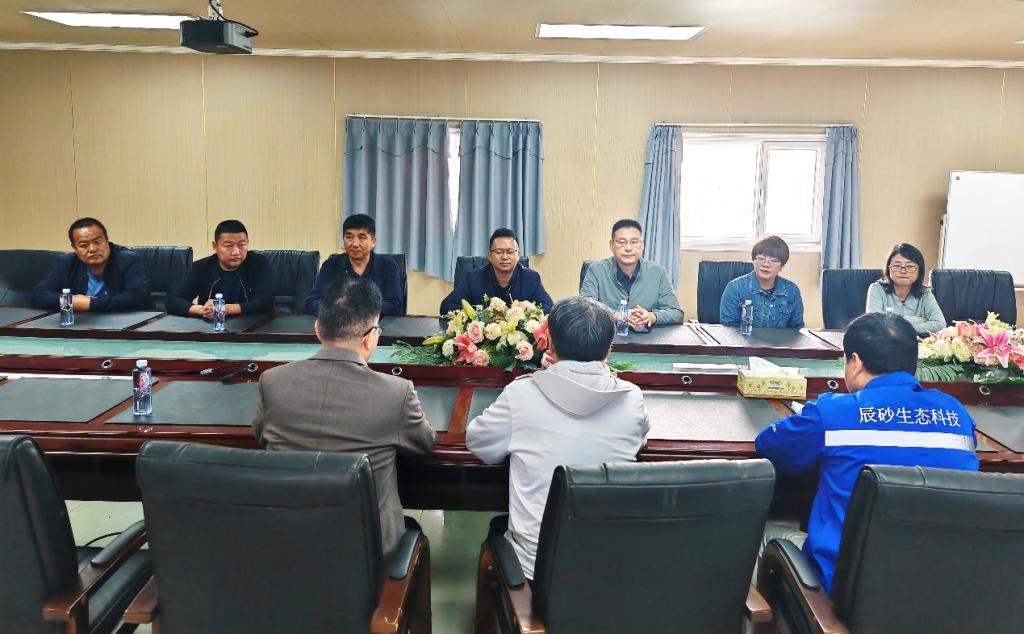
Inner Mongolia Chensha Technology Development Co., Ltd. operated and managed the base, and CQJTU’s desert soilization technology research team provided guidance on desert agricultural transformation and related technical support.
For the yield estimation, an on-site harvest method was used. A 100-mu (6.67-hectare) potato plot within the demonstration area was selected as the test zone, with three random sampling points (each covering 48.6 m² or 0.0325 hectares) harvested. All potatoes from the sampling points were collected and weighed separately as marketable and non-marketable tubers.
After sorting, weighing, and calculating, the plot achieved an average yield of 6,765.66 kg/mu (10,154.5 kg/hectare) for marketable potatoes and 241.18 kg/mu (361.8 kg/hectare) for non-marketable potatoes. The total average yield for the plot was 7,006.84 kg/mu (10,516.3 kg/hectare), with the marketable tuber rate reaching 96.56%. The harvested potatoes were large in size, round in shape, smooth-skinned, and of high quality, indicating strong market potential.
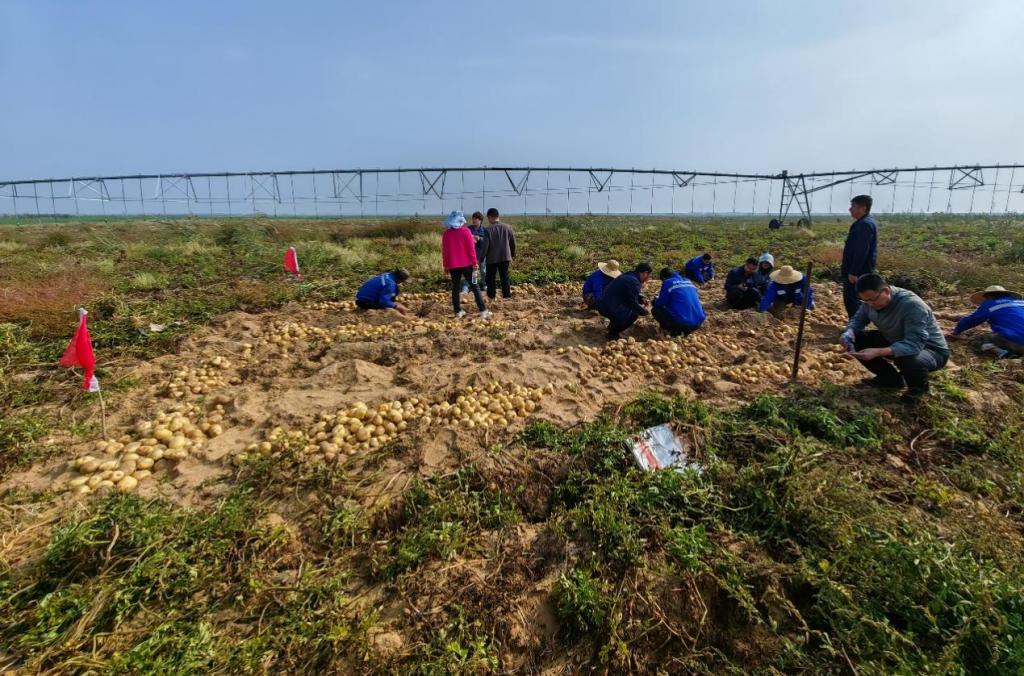
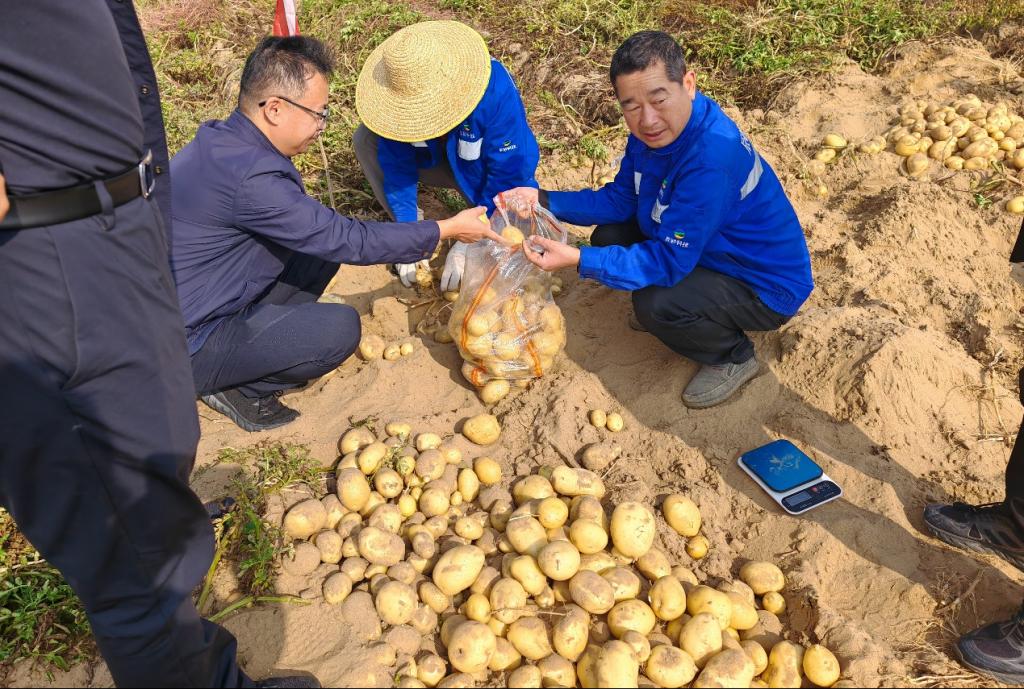
The potato variety cultivated in the plot this year was Lucinda, planted using a ridge-furrow fertigation system integrated with desert soilization technology. The soilized land exhibited excellent water and nutrient retention capacity, as well as good aeration. Additionally, it demonstrated strong wind-proof and sand-fixation properties, successfully withstanding multiple sandstorms with wind speeds ranging from 55 to 63 miles per hour (88 to 102 kilometers per hour) during the growing season. Management practices included precision water-fertilizer regulation and full mechanization, which laid a solid foundation for high yields and superior quality.
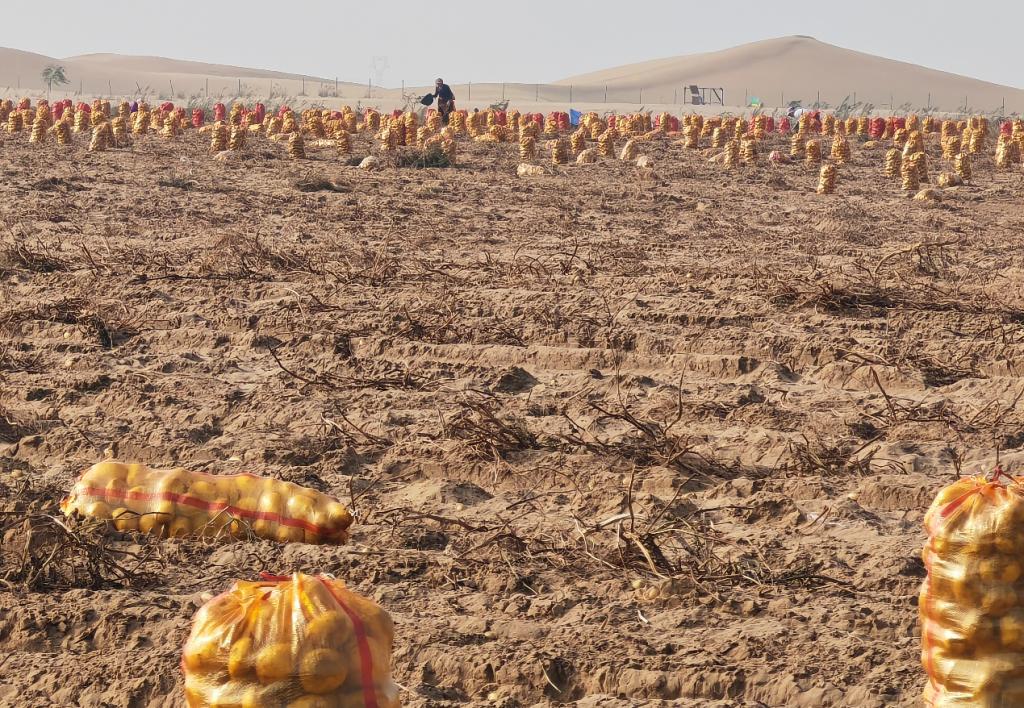
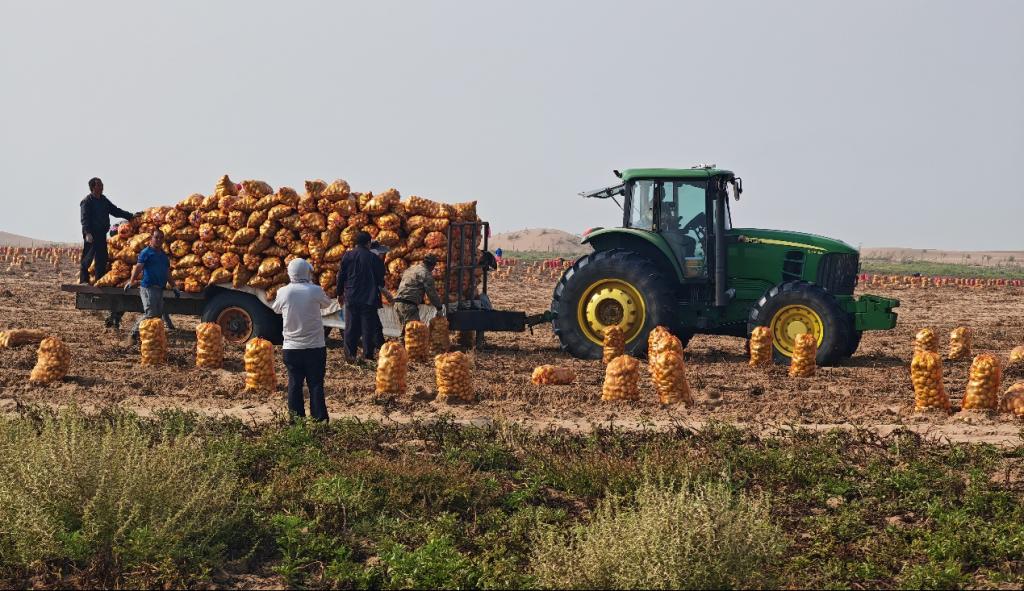
The expert panel unanimously concluded: “Desert soilization technology has achieved remarkable success in potato production, marking a breakthrough. This innovation is significant for increasing crop yields and promoting ecological conservation.” They recommended further optimization of planting techniques, including the integration of variety selection and high-quality seed potato cultivation methods. Additionally, they emphasized the importance of enhancing promotional efforts to expand the application of this technology in potato cultivation across regions affected by desertification.
Potatoes, as China’s fourth-largest food crop, are a vital economic and feed crop. The potato industry plays a crucial role in ensuring national food security, consolidating poverty alleviation achievements, and promoting rural revitalization. For many years, China has been the world’s leading potato producer. The country’s potato planting area has remained stable at approximately 70 million mu (4.67 million hectares), with an annual output of nearly 90 million tons, accounting for about one-quarter of the global total. While yields per mu have steadily increased, rising by over 200 kg in the past decade to an average of 1,290 kg/mu (1,935 kg/hectare), there is still a significant gap compared to developed countries like the United States, the United Kingdom, Germany, and the Netherlands, where average yields range from 2,300 to 3,500 kg/mu (3,450 to 5,225 kg/hectare).
Inner Mongolia Autonomous Region, one of China’s major potato-producing areas, ranks among the top in the country in planting area and yield. In 2023, the region’s planting area reached 3.701 million mu (246,733 hectares), with an output of 6.5 billion kg, placing it 8th and 6th in the nation, respectively, and achieving an average yield of 1,755 kg/mu (2,633 kg/hectare). From September 6 to 7 this year, a yield estimation conducted in the green, high-yield, and high-efficiency potato demonstration zone in Duolun County, Inner Mongolia, recorded an average yield of 6,312.6 kg/mu (9,468.9 kg/hectare), setting a new regional high-yield record. Now, the recent yield from the Kubuqi Desert Soilization Doctoral Innovation and Practice Base has generated even greater excitement—shortly after the previous record was set, it once again broke the region’s potato production record, marking another remarkable milestone.